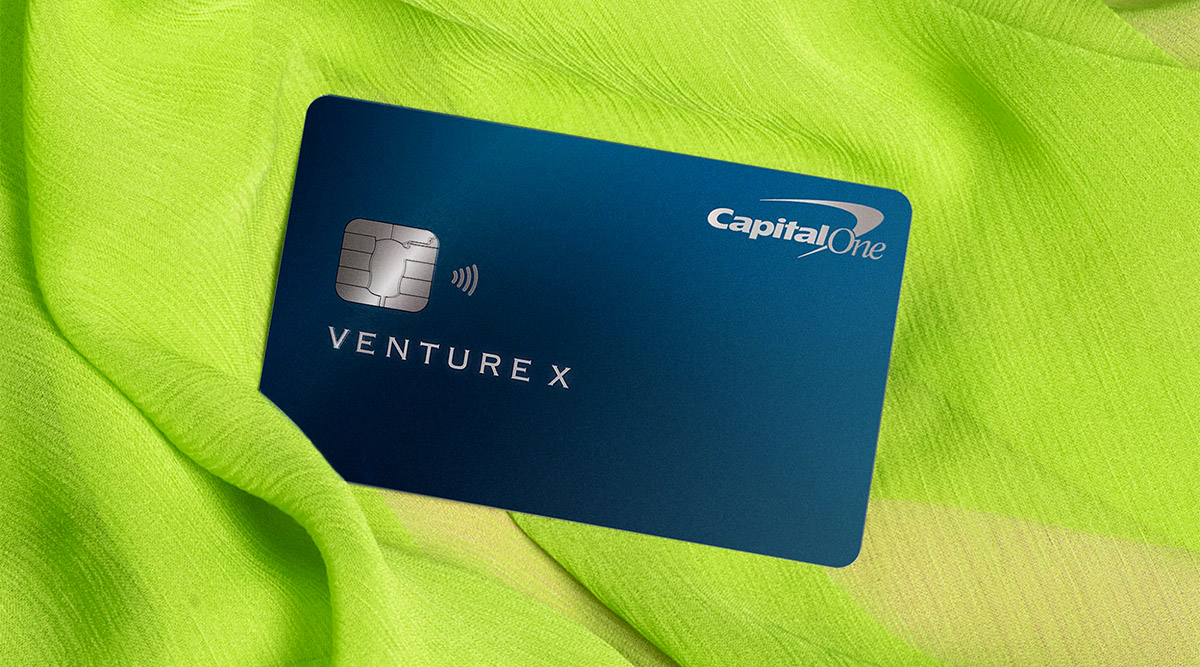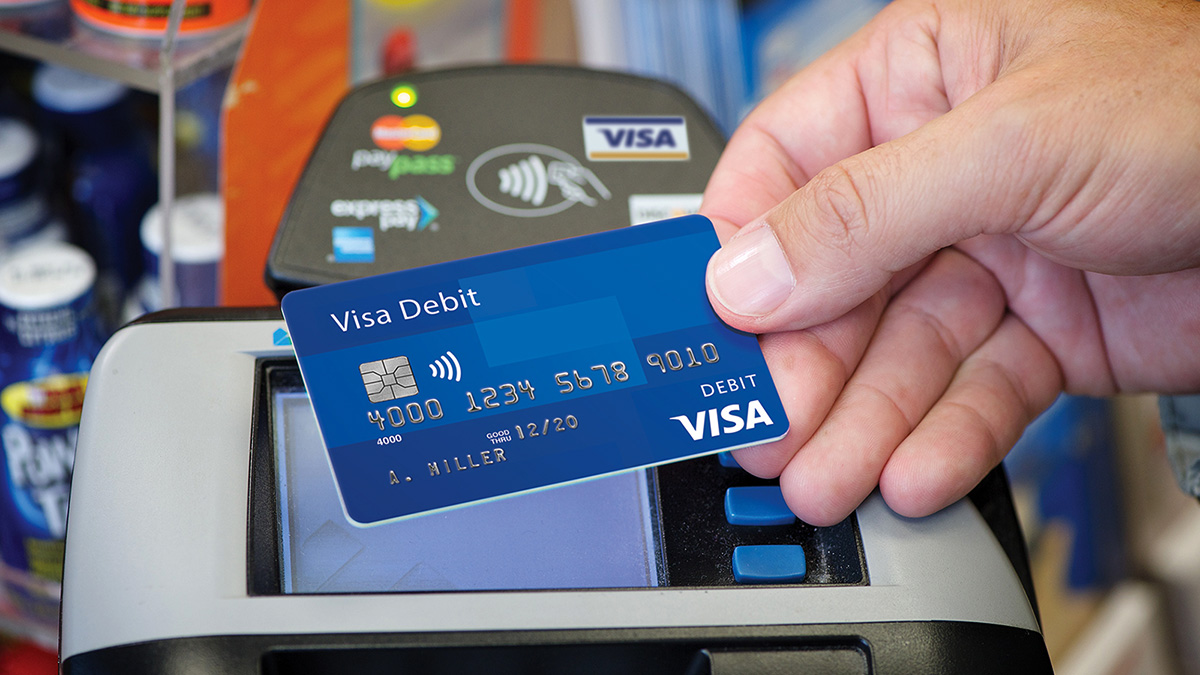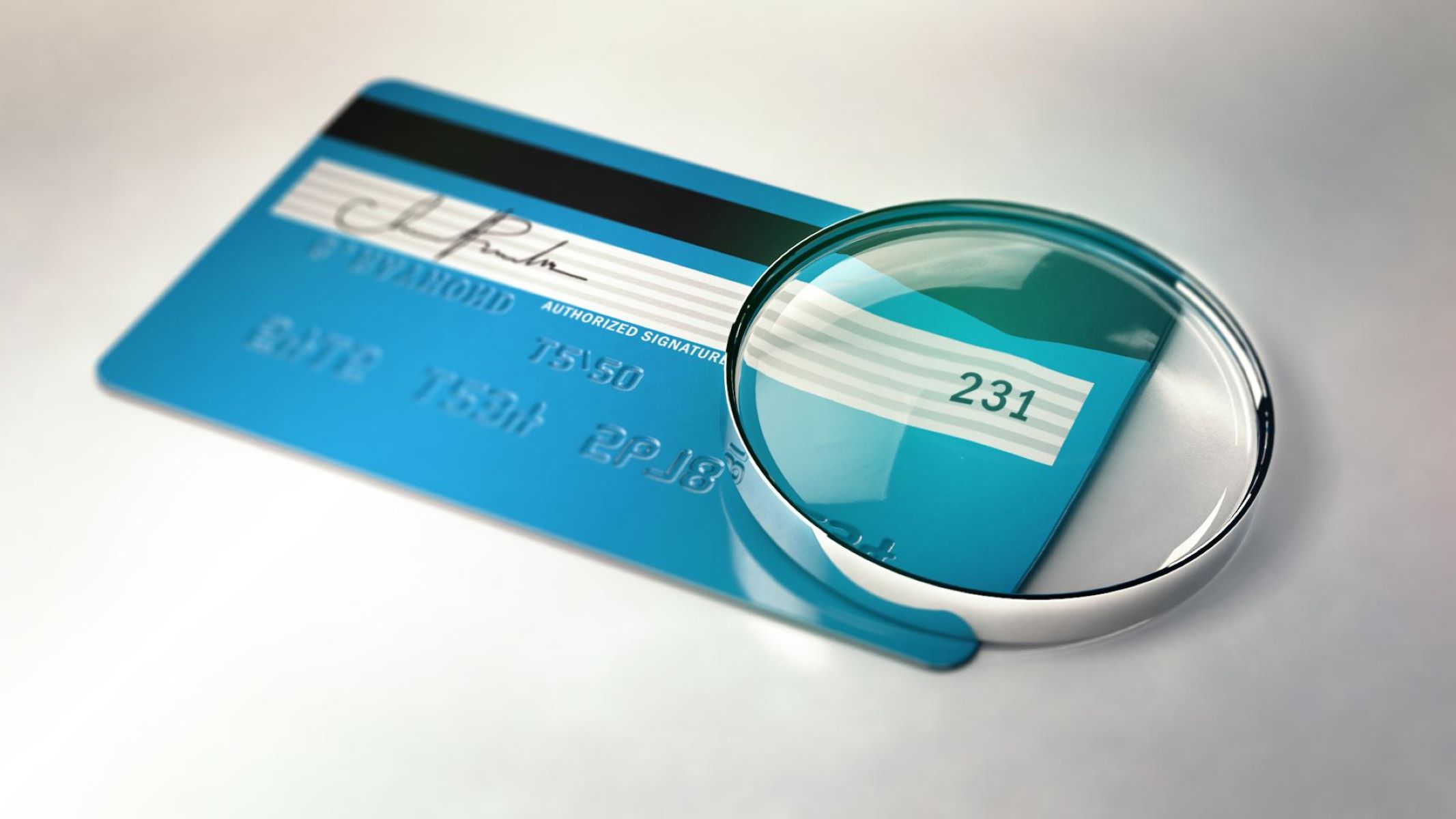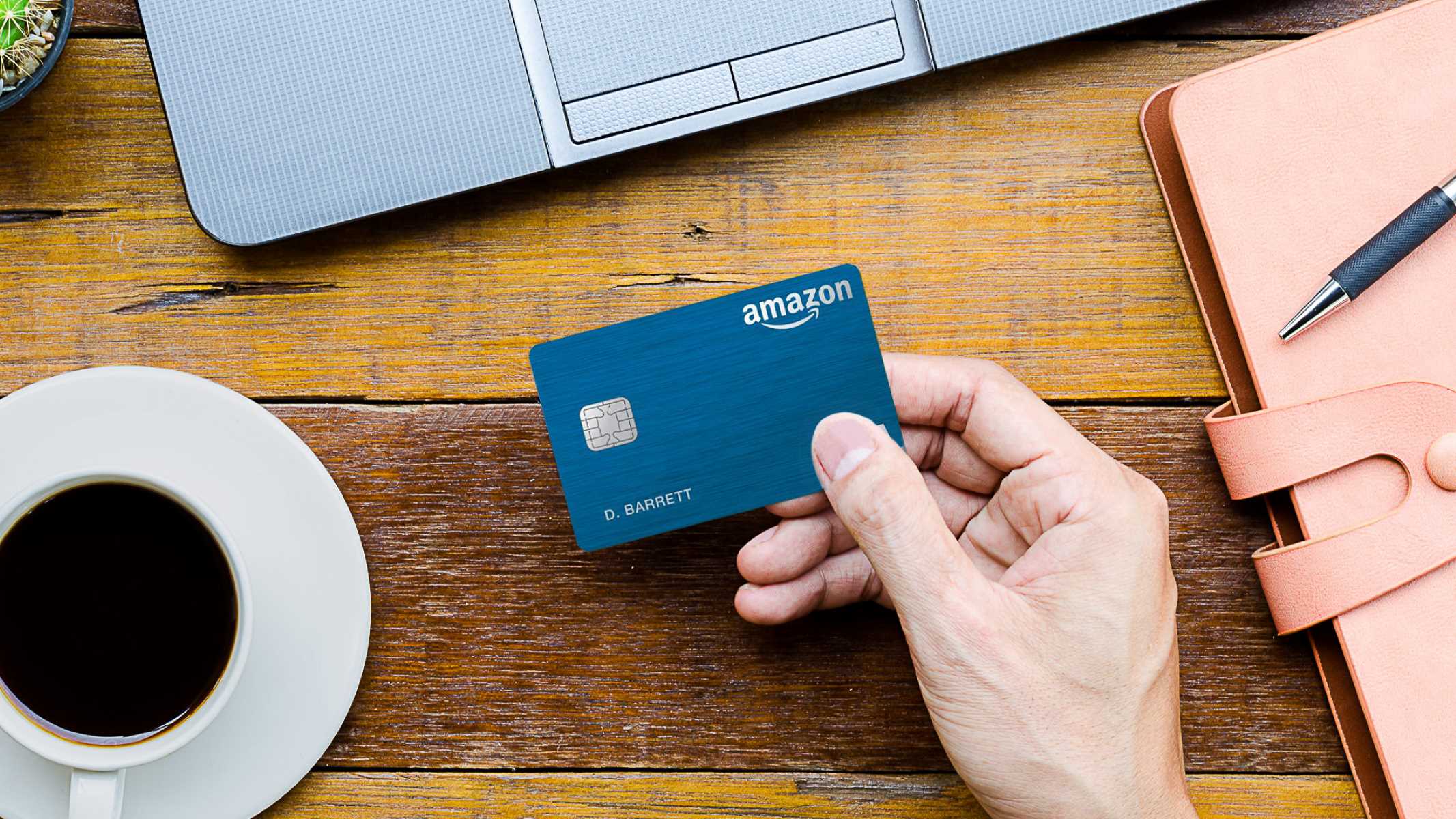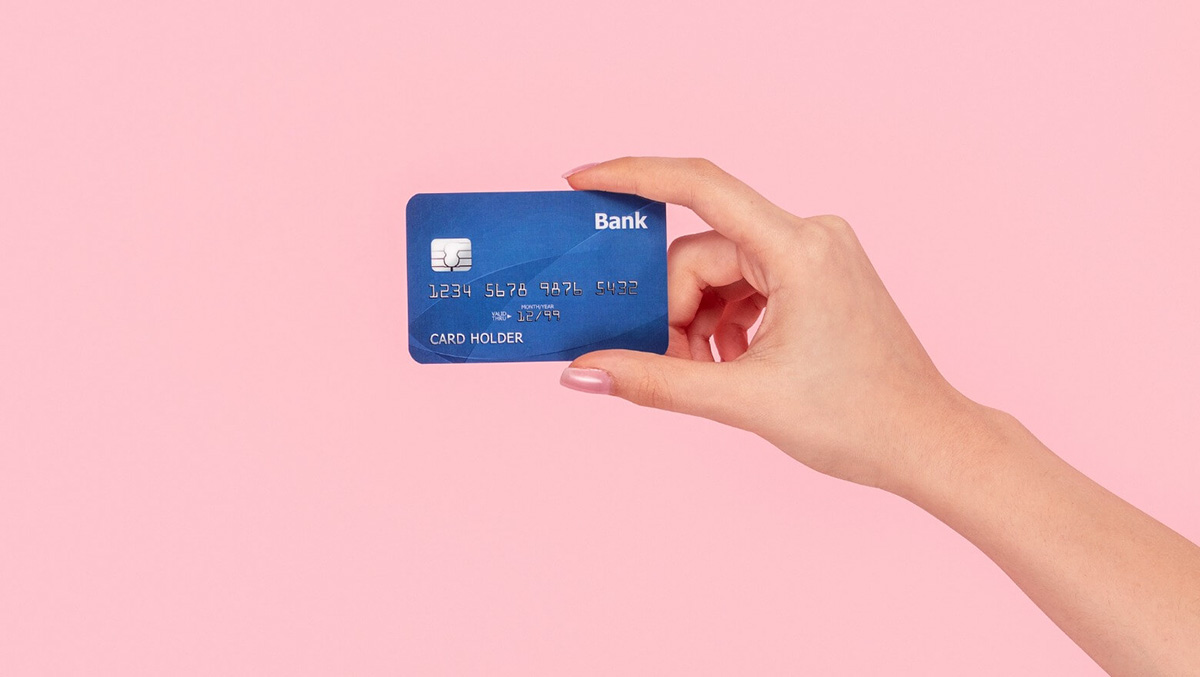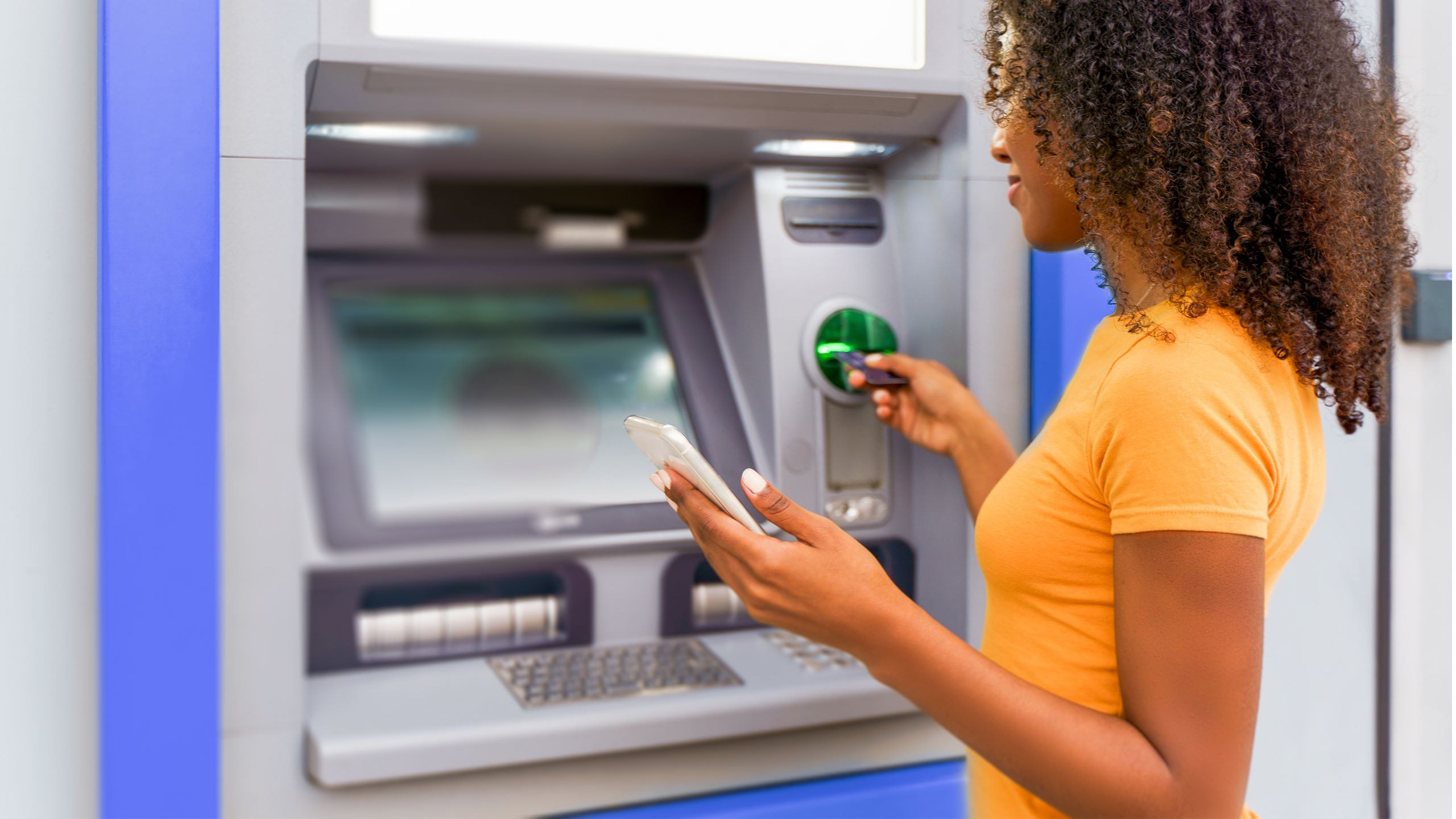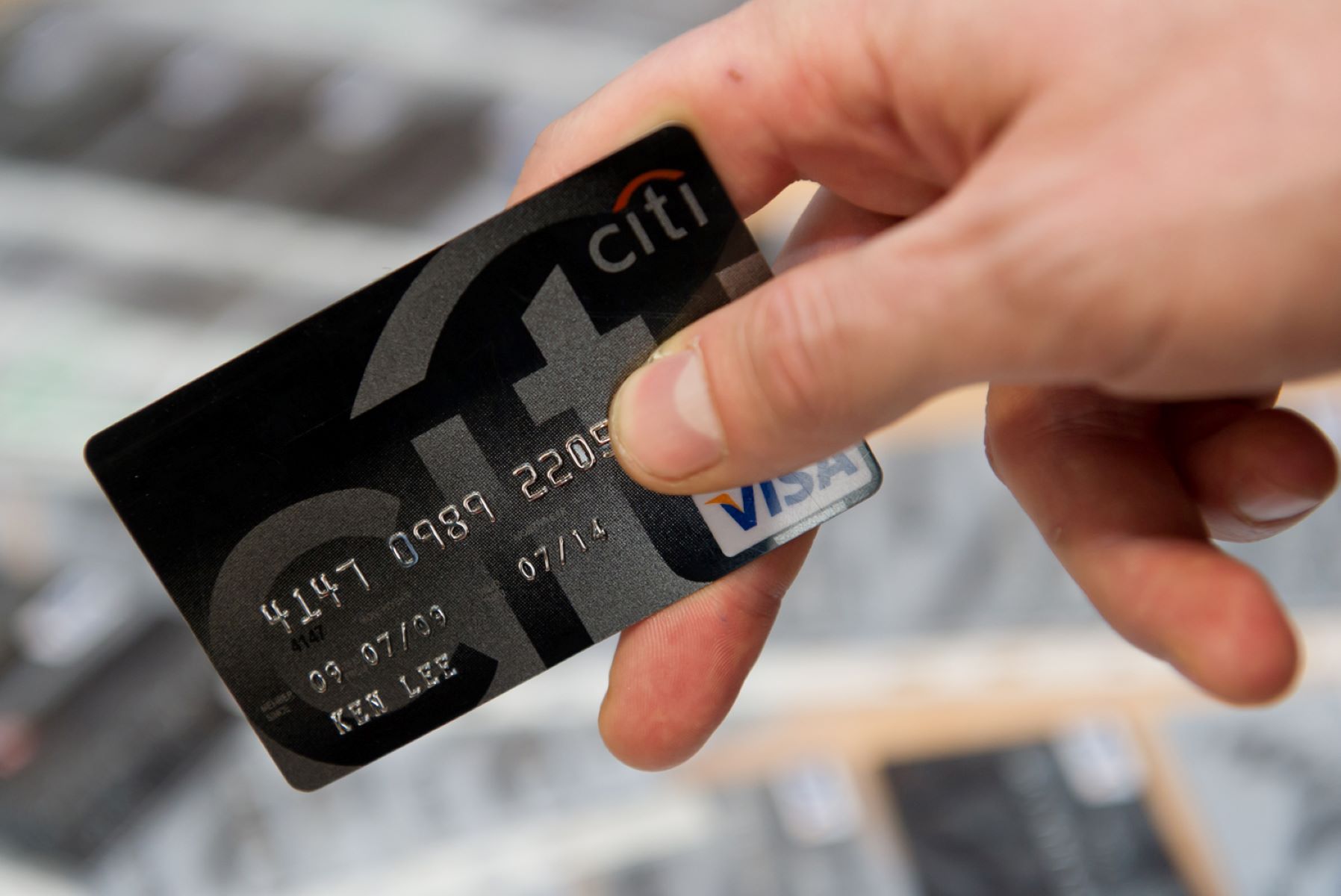

Finance
What Is Card Number In Credit Card
Published: October 27, 2023
Learn what a card number is in a credit card and how it impacts your finances. Understand the importance of managing and protecting your card number.
(Many of the links in this article redirect to a specific reviewed product. Your purchase of these products through affiliate links helps to generate commission for LiveWell, at no extra cost. Learn more)
Table of Contents
Introduction
When it comes to managing your finances, credit cards play a significant role in today’s modern world. They offer convenience, flexibility, and various benefits, making them a popular choice for personal and business use. However, understanding how credit cards work and the information associated with them is essential to make informed financial decisions.
One crucial aspect of credit cards is the card number, a unique identifier that distinguishes each card from others. It serves as a key piece of information required for transactions, online shopping, and accessing account details. In this article, we will dive into what a card number is, its structure, and why it is important to protect it.
Whether you are a credit card holder or considering applying for one, knowing the ins and outs of your card number is crucial to ensure a smooth and secure financial experience. So, let’s delve into the world of credit card numbers and unravel their significance.
Understanding Credit Cards
Credit cards have revolutionized the way we handle our finances. Simply put, a credit card is a plastic card issued by a financial institution that allows the cardholder to make purchases on credit, up to a predetermined credit limit. Unlike debit cards that draw directly from the user’s bank account, credit cards provide a line of credit that needs to be paid back in full or through monthly minimum payments.
Using a credit card offers several advantages. Firstly, it provides a convenient payment option, eliminating the need to carry cash. With a credit card in hand, you can make purchases both in physical stores and online, anywhere that accepts credit cards as a form of payment. Additionally, credit cards often come with rewards programs, offering perks such as cashback, travel miles, or discounts on specific purchases.
It’s important to note that using a credit card responsibly is crucial to maintaining a healthy financial profile. Excessive credit card debt, missed payments, or high credit utilization can negatively impact your credit score, leading to higher interest rates, difficulty obtaining loans, and limited financial opportunities in the future.
Now that we have a basic understanding of credit cards, let’s dive into the specific component that sets each card apart: the card number.
What Is a Card Number?
A card number, also known as a credit card number, is a unique identifier assigned to each credit card. It serves as a way to distinguish one card from another, allowing financial institutions and merchants to process transactions accurately and securely.
The card number typically consists of a series of digits that follow a specific pattern. While the exact length of the card number may vary depending on the card issuer, most credit card numbers are 16 digits long. These digits are not random, but rather structured in a way that carries valuable information about the card and its issuer.
It is important to note that the card number is not synonymous with the card’s expiration date or CVV (Card Verification Value) code. While all three pieces of information are required for online transactions, the card number holds primary significance as it uniquely identifies the card itself.
The card number plays a crucial role in various aspects of credit card usage, including making purchases, verifying card ownership, and accessing account details. When you make a purchase, the merchant uses your card number to authorize and process the transaction. Additionally, the card number is required when adding your credit card to online payment platforms or linking it to various service subscriptions or memberships.
It’s important to understand that the card number itself does not contain any personal or financial information, such as your name, address, or account balance. These details are stored separately by the financial institution that issued the card and are linked to the card number through their internal systems.
Now that we have a clear understanding of what a card number is, let’s explore the structure of a credit card number and how it differs across card issuers.
Structure of a Credit Card Number
Credit card numbers may seem like a random sequence of digits, but they actually follow a specific pattern that is based on the card issuer and the type of credit card. Let’s take a closer look at the structure of a typical credit card number.
Most credit card numbers are 16 digits long, with the first few digits representing the card’s issuer. Here is a breakdown of what each digit signifies:
- The first digit corresponds to the major industry identifier (MII) and identifies the card issuer. For example, a digit of 4 represents Visa, while 5 indicates Mastercard.
- The next few digits represent the bank or financial institution that issued the card.
- The following digits make up the customer account number, which is unique to the cardholder and their account.
- The last digit is known as the check digit, which is used for error detection purposes. It is calculated using a formula that ensures the accuracy of the card number.
While the above format is the most common for credit card numbers, there are exceptions. For instance, American Express (Amex) cards have a different structure. Amex card numbers are 15 digits long and start with either a 3 or a 4, depending on the card type. The structure of Amex card numbers also includes several additional digits that identify the card issuer and the customer’s account number.
Additionally, some credit card issuers have started implementing new card number formats to enhance security. This includes the use of chip-enabled cards, which feature an embedded microchip that encrypts the transaction data to protect against fraud. These chip-enabled cards may have longer card numbers or follow a different pattern than traditional magstripe cards.
It’s worth noting that credit card numbers are not random sequences. Instead, they adhere to specific standards set by the International Organization for Standardization (ISO) and the American National Standards Institute (ANSI). These standards ensure consistency and interoperability across the credit card industry.
Understanding the structure of a credit card number can help you identify the card issuer and verify the legitimacy of a credit card during transactions. It is an essential piece of information that plays a significant role in the smooth functioning and security of credit card transactions.
Having explored the structure of credit card numbers, let’s move on to the importance of protecting your card number and keeping it confidential.
The Purpose of a Card Number
The card number on a credit card serves multiple important purposes in the world of financial transactions. Let’s take a look at some key reasons why the card number is of utmost importance.
1. Identification: The primary purpose of a card number is to uniquely identify a credit card. It distinguishes one card from another within a card issuer’s system and allows for accurate processing of transactions. When you make a purchase or perform any transaction using your credit card, the merchant requires your card number to authorize the transaction and ensure that the payment is linked to the correct account.
2. Verification: The card number plays a crucial role in verifying the ownership and validity of a credit card. Online merchants often ask for the card number to ensure that the person using the card is the legitimate cardholder. This is an important security measure to prevent fraudulent use of credit card information.
3. Security: Credit card numbers are an integral part of the security measures implemented by financial institutions. The card number, in combination with other security features like the CVV code and expiration date, helps validate transactions and protect against fraudulent activity. These details are required during online transactions and serve as a means of authentication to ensure that the person using the card has physical possession of it.
4. Account Access: Your credit card number is also vital for accessing your credit card account online or through automated phone systems. By entering your card number, you can view your account balance, transaction history, and manage your credit card settings. This allows you to monitor your spending, track expenses, and make timely payments.
5. Compatibility: Credit card numbers are designed to work seamlessly with payment processing systems and financial networks. The standardized structure of card numbers ensures compatibility across various platforms, making it easier for merchants, banks, and financial institutions to process transactions and handle the necessary data securely.
It is crucial to understand that your card number should be kept confidential and only shared with trusted parties or used in secure online environments. Sharing your card number with unauthorized individuals or using it on unsecured websites can result in unauthorized charges, identity theft, and financial loss.
Now that we understand the purpose of a credit card number, let’s move on to explore the importance of protecting this information and keeping it secure.
Importance of Protecting Your Card Number
Your credit card number is a sensitive piece of information that needs to be protected at all costs. Safeguarding your card number is essential to prevent fraud, identity theft, and unauthorized charges. Let’s delve into the key reasons why protecting your card number is of utmost importance.
1. Preventing Fraudulent Transactions: By keeping your card number secure, you can minimize the risk of unauthorized transactions. Cybercriminals are constantly looking for ways to obtain card numbers to carry out fraudulent activities. By ensuring the confidentiality of your card number, you decrease the chances of falling victim to financial fraud.
2. Protecting Personal Information: Your card number is directly linked to your financial accounts and personal information. If it falls into the wrong hands, it can lead to identity theft and compromise your privacy. Protecting your card number helps safeguard your personal data and prevents potential misuse.
3. Maintaining Financial Security: A compromised card number can result in unauthorized charges and potential financial loss. By keeping your card number secure and monitoring your account regularly, you can detect any suspicious activity promptly and take appropriate action to protect your finances.
4. Preserving Credit Score: A compromised card number can lead to missed payments, increased debts, and negative impacts on your credit score. Protecting your card number is crucial to maintaining a healthy credit profile, ensuring better financial opportunities in the future.
5. Following Best Practices: Protecting your card number falls under best practices for responsible credit card usage. It is essential to treat your card number with the same level of care and caution as your physical credit card. By being vigilant and implementing security measures, you demonstrate responsible financial behavior.
To protect your card number effectively:
- Keep your card physically secure, storing it in a safe place and not sharing it with unauthorized individuals.
- Be cautious when providing your card number online, ensuring you are on a secure and trusted website.
- Regularly monitor your credit card statements for any unauthorized transactions.
- Use strong and unique passwords for your online banking and credit card accounts.
- Consider enabling alerts and notifications to be alerted of any suspicious activity on your card.
- Contact your card issuer immediately if your card is lost, stolen, or if you suspect unauthorized use.
By following these practices and being proactive in protecting your card number, you can minimize the risks associated with credit card fraud and ensure the security of your financial information.
Now that we understand the importance of protecting your card number, let’s explore how you can find your card number when needed.
How to Find Your Card Number
Knowing how to find your card number is essential for various financial transactions and account management. While the exact location of the card number may vary depending on your credit card issuer, here are some common ways to locate it:
1. Physical Card: The card number is typically printed on the front of your credit card. It is usually embossed or raised, making it easy to locate. Look for a string of digits that is typically 16 digits long, though this may vary depending on the card issuer.
2. Online Banking: If you have enrolled in online banking for your credit card account, you can usually find your card number by logging in to your account. Once logged in, navigate to your credit card details or account summary section. The card number will be displayed on the screen.
3. Mobile Banking App: If your credit card issuer has a dedicated mobile banking app, you can find your card number by opening the app and accessing your credit card account. The card number should be easily accessible within the app’s interface.
4. Account Statements: Your credit card statements, whether received in physical or digital format, typically contain your card number. Look for the latest statement and locate the section that displays your card details. The card number will be listed there.
5. Customer Service: If you are unable to locate your card number through the above methods, you can contact your credit card issuer’s customer service. They will be able to provide you with your card number, though they may ask you to verify your identity for security purposes.
Remember, it is important to keep your card number secure and avoid sharing it with unauthorized individuals or on unsecured platforms. Only provide your card number when making legitimate transactions with trusted merchants or when accessing your credit card account through official channels.
By knowing where to find your card number and taking necessary security measures, you can make confident financial transactions and effectively manage your credit card account.
Now that we have explored how to find your card number, let’s conclude our discussion on the significance of the card number in the world of credit cards.
Conclusion
Understanding the significance of the card number is essential for anyone who owns or plans to own a credit card. The card number serves as a unique identifier that allows financial institutions and merchants to process transactions accurately and securely.
We have explored what a card number is, its structure, and its role in various aspects of credit card usage. From identification and verification to security and account access, the card number plays a crucial role in ensuring smooth financial transactions and protecting your personal and financial information.
Protecting your card number is of utmost importance to safeguard yourself against fraud, unauthorized charges, and potential financial loss. By following best practices, such as keeping your card physically secure, being cautious when sharing it online, and regularly monitoring your statements, you can enhance the security of your card number and minimize risks.
Remember to find your card number on your physical card, through online banking or mobile banking apps, or on your account statements. If you have any difficulties locating it, contact your card issuer’s customer service for assistance.
By being vigilant and proactive in protecting your card number and practicing responsible credit card usage, you can enjoy the convenience and benefits that credit cards offer while maintaining your financial security.
So, whether you’re swiping your card for a purchase, entering your number online, or accessing your account details, always keep your card number confidential and secure to ensure a seamless and protected financial experience.

